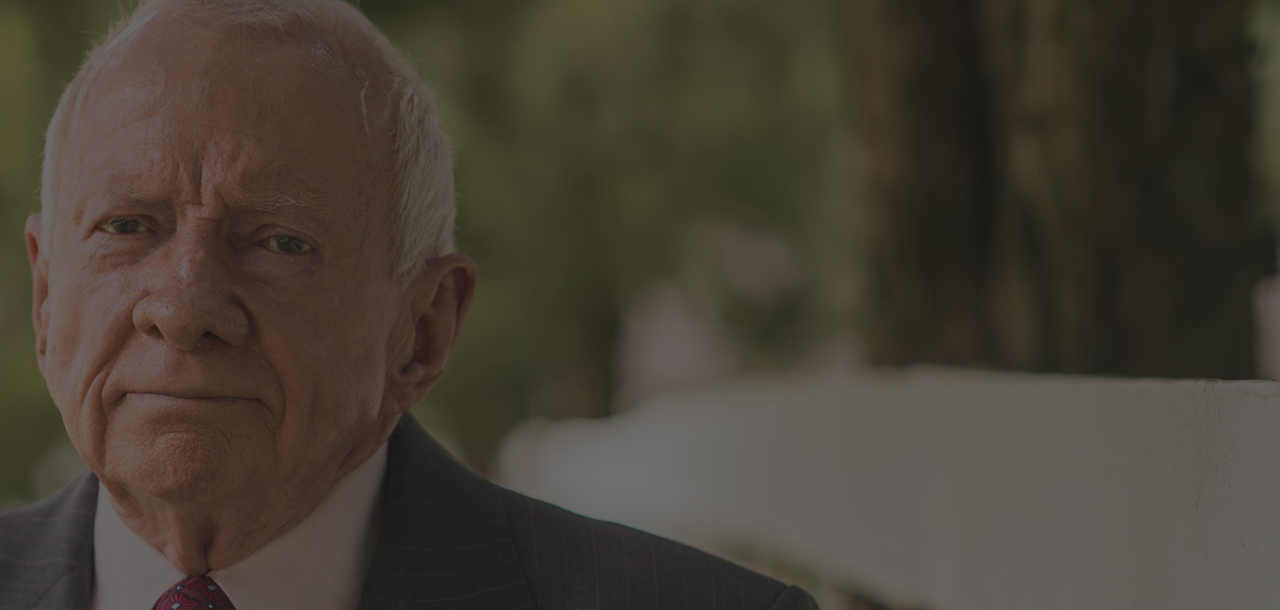Founder’s Message
For the Future of Catholic Schools

For the Future of Catholic Schools
Why must Catholic elementary and high schools survive? To Catholics particularly, the main reason is in the education of their children and the basic training in Christianity: love God, love one another.
My own determination in this cause has been bolstered by so many other good people who love Catholic schools and have dedicated their lives to them.
Many of these people are practicing Catholics, but not necessarily so. Others have a strong belief in faith-based education and have experienced the power of Catholic schools in enriching young lives and strengthening communities.
Without a change in business culture, these concerned and ambitious people have not been able to single-handedly address the problems of decreasing enrollments and increasing costs and competition. The Foundation and our strategic partners are here to help usher in that required change.
Our Foundation is one of many organizations responsible for the groundswell of support and solutions generated in the past decade around Catholic school sustainability. Together, we are creating a vibrant future for Catholic education.
Despite progress in defining and implementing new models for changing times, in the aggregate we are not moving in the right direction.
Catholic parish elementary schools throughout the United States over the past ten years have been closing at a rate of one every five days and opening at a rate of one a month. (Based on NCEA data shared by the National Catholic Reporter, U.S. Catholic school enrollment decreased by 6.4%, or more than 111,000 students, between fall of 2019 and the beginning of the 2020-21 school year.)
To a large extent, the future of the Catholic Church in the United States is based on the supporting structure of Catholic education, specifically Catholic elementary schools and diocesan high schools. In my view, the substitute of parish-based religious preparation programs like CCD is not enough to form Catholics in the faith and grow our Church. Among the concerns to Catholic institutions:
The Foundation’s guiding principles keep us on the right track. An overarching principle:
We serve children, first and foremost.
Not directly, as teachers do. But every day, when solving problems and recommending solutions, we ask ourselves, “What will best serve Catholic school students?”
In addition to coaching PK-12 schools and their diocesan leaders in a new business model for sustainable growth, we must not abandon the poor who cannot afford to pay for the Catholic schools in our urban and other low-income communities. I believe the Blessed Mother calls us to “save her children.” In grateful response to her call, I have had the opportunity to build schools for impoverished children outside of Mexico City and to co-found a dynamic post-parochial school model in Camden, New Jersey. We are all invited to this mission by Our Lady and by our Church.
Thanks to the dedication and diligence of the Healey Education Foundation team and our philanthropic, diocesan and school partners, our vision to seed a new business model for the sustainability and growth of Catholic schools has materialized. Our mutual progress represents a strong beginning.
We welcome you to partner with us as our work continues.
